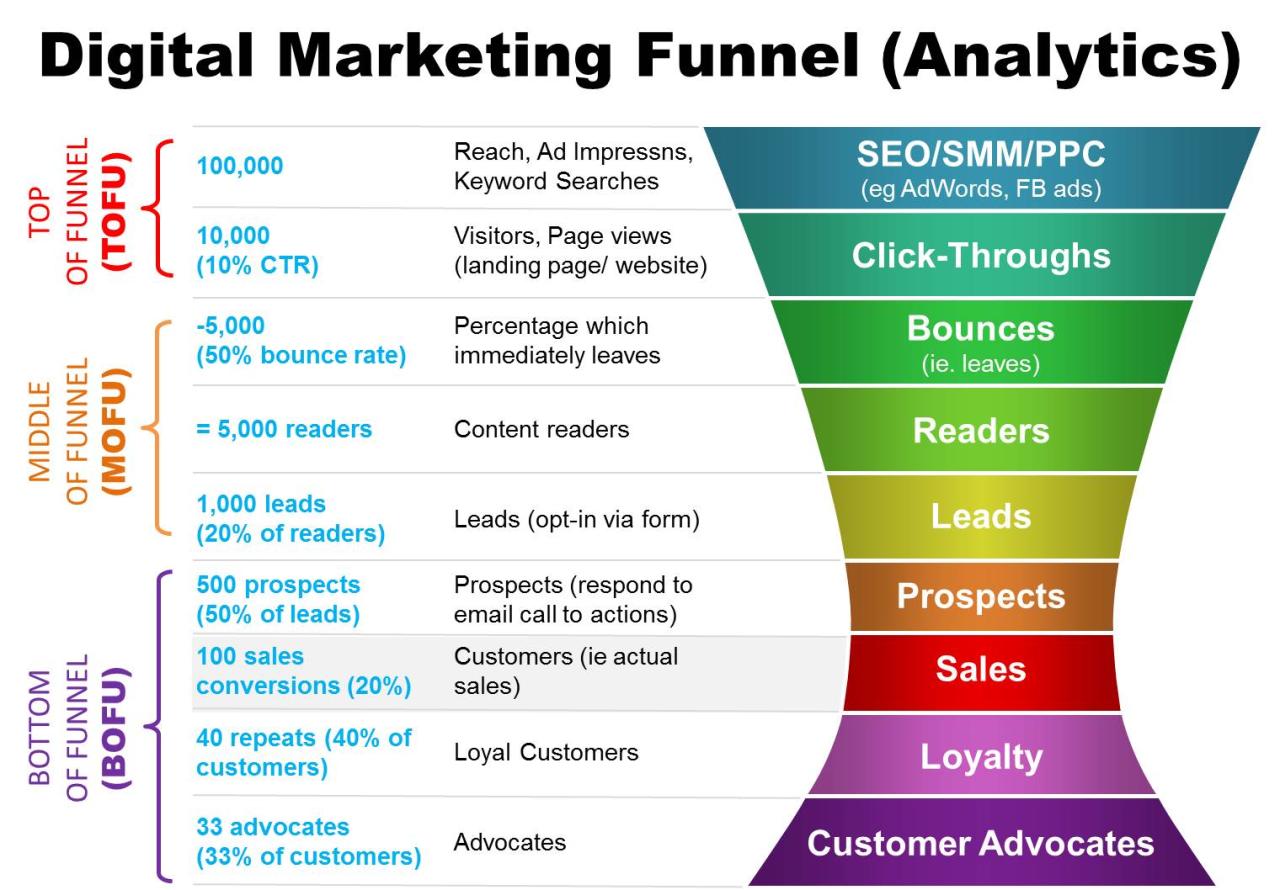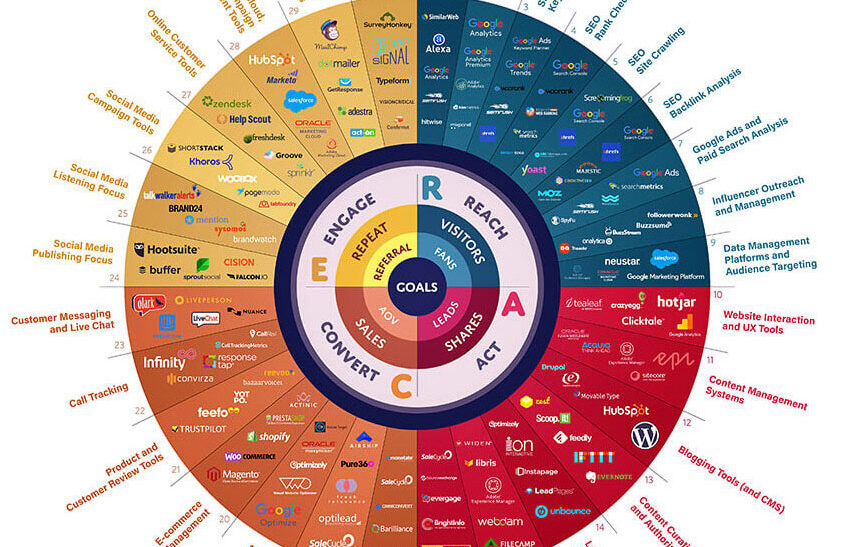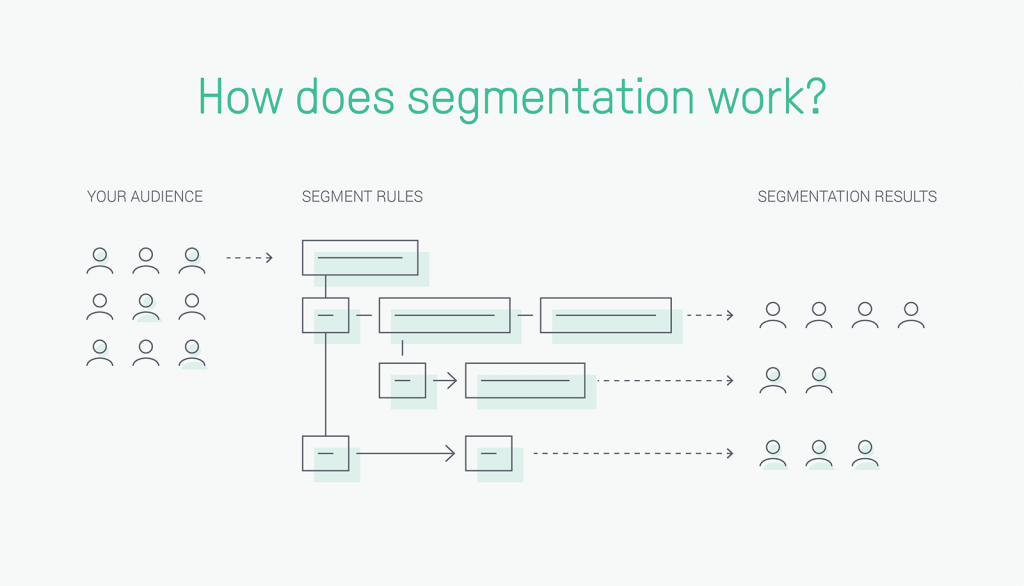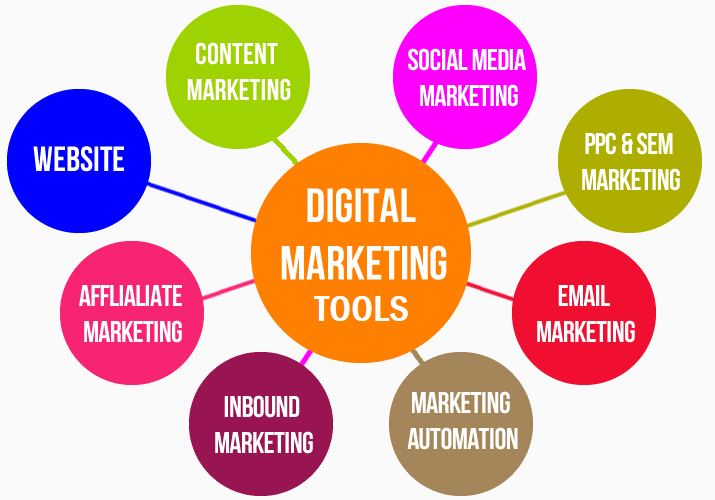As How to Use Digital Tools to Track Your Marketing Performance takes center stage, this opening passage beckons readers into a world crafted with good knowledge, ensuring a reading experience that is both absorbing and distinctly original.
Understanding the importance of tracking marketing performance and selecting the right digital tools are crucial steps in maximizing business success. In this guide, we will explore the key aspects of utilizing digital tools to enhance your marketing strategies and achieve optimal results.
Understanding Digital Marketing Performance Tracking
In the world of digital marketing, performance tracking is a crucial aspect that helps businesses measure the effectiveness of their marketing strategies and campaigns. By monitoring and analyzing various metrics, businesses can gain valuable insights into their online presence and target audience engagement.Tracking marketing performance is essential for businesses as it allows them to make informed decisions, optimize their campaigns, and allocate resources effectively.
Unlock valuable insights and stay ahead of market trends with The Best Digital Tools for Market Research. Utilize advanced data analysis tools to make informed decisions and drive your business towards success.
Without proper tracking, businesses risk wasting time and money on ineffective strategies that do not yield the desired results.
Key Performance Indicators (KPIs) used in tracking marketing performance
- Website Traffic: Monitoring the number of visitors to your website can provide insights into the effectiveness of your marketing efforts and the popularity of your content.
- Conversion Rate: Tracking the percentage of website visitors who take a desired action, such as making a purchase or signing up for a newsletter, can help measure the success of your campaigns.
- Click-Through Rate (CTR): Analyzing the percentage of people who click on a specific link in your email or ad can indicate the relevance and appeal of your content.
- ROI (Return on Investment): Calculating the return on investment from your marketing campaigns helps determine the profitability and efficiency of your marketing efforts.
- Social Media Engagement: Monitoring likes, shares, comments, and overall engagement on social media platforms can provide insights into audience preferences and brand awareness.
Selecting the Right Digital Tools for Tracking

When it comes to tracking marketing performance, selecting the right digital tools is crucial for ensuring accurate data analysis and decision-making. Different tools offer various features and functionalities tailored to specific business needs.
Embrace the power of technology with the Best Digital Tools for Social Media Management to streamline your online presence. Stay ahead of the competition by utilizing cutting-edge platforms and analytics to enhance your marketing strategy.
Comparison of Digital Tools
- Google Analytics: A widely used tool that provides in-depth website and campaign performance data.
- HubSpot: Ideal for inbound marketing strategies, offering lead tracking and customer journey analysis.
- SEMrush: Focuses on and tracking, helping to optimize content for search engines.
Features to Consider
- Integration Capabilities: Ensure the tool can integrate with other platforms used in your marketing strategy for seamless data flow.
- Customization Options: Look for tools that allow you to tailor reports and dashboards to your specific KPIs and goals.
- Real-Time Reporting: Choose a tool that provides real-time data updates for timely decision-making.
Importance of Alignment with Business Goals
It is essential to select digital tools that align with your business goals to track relevant metrics and measure success accurately. By choosing tools that support your objectives, you can optimize marketing strategies and drive better results.
Implementing Digital Tools for Tracking: How To Use Digital Tools To Track Your Marketing Performance
Implementing digital tools for tracking marketing performance is crucial for analyzing the effectiveness of your strategies and making data-driven decisions. By setting up tracking parameters and integrating various marketing channels, you can gain valuable insights into the performance of your campaigns.
Elevate your webinar game with the latest digital tools featured in How Digital Tools Can Enhance Your Webinar Strategy. Engage your audience effectively and create memorable online experiences with innovative presentation tools and interactive features.
Setting Up Tracking Parameters
- Choose the right digital tools: Select tools that align with your tracking objectives and offer the features you need for comprehensive analysis.
- Define key performance indicators (KPIs): Identify the metrics that are most important to your business goals, such as website traffic, conversion rates, and ROI.
- Create UTM parameters: Use unique tracking codes to monitor the performance of specific campaigns, channels, and content.
- Implement event tracking: Set up event tracking to monitor user interactions on your website, such as clicks, form submissions, and video views.
Integrating Marketing Channels
- Sync with Google Analytics: Integrate Google Analytics with your digital tools to track website performance and user behavior across different channels.
- Connect social media platforms: Link your social media accounts to tracking tools to monitor engagement, reach, and conversions from social campaigns.
- Utilize email marketing tracking: Implement tracking pixels in your emails to measure open rates, click-through rates, and conversion rates from email campaigns.
- Integrate paid advertising platforms: Connect platforms like Google Ads and Facebook Ads to track ad performance and optimize your campaigns for better results.
Analyzing and Interpreting Data
After collecting data from digital marketing performance tracking tools, the next crucial step is to analyze and interpret this data effectively to make informed marketing decisions and drive strategies.
Analyzing Data
When analyzing data collected from digital marketing performance tracking, it is essential to look for patterns, trends, and correlations. This involves examining key metrics such as website traffic, conversion rates, click-through rates, and engagement levels. By identifying these patterns, marketers can gain valuable insights into what is working well and what needs improvement in their marketing campaigns.
Interpreting Data
- Utilize data visualization tools to create easy-to-understand graphs and charts that highlight important trends and insights.
- Compare current data with historical data to track progress over time and identify areas for optimization.
- Look for anomalies or outliers in the data that may indicate areas of concern or opportunities for growth.
- Consider the context in which the data was collected to ensure accurate interpretation and avoid misjudgments.
Translating Data Insights into Actionable Strategies, How to Use Digital Tools to Track Your Marketing Performance
- Identify key takeaways from the data analysis that can inform marketing decisions and campaign adjustments.
- Set specific, measurable goals based on data insights to track the success of marketing initiatives.
- Collaborate with cross-functional teams to implement data-driven strategies and optimize marketing performance.
- Continuously monitor and evaluate the impact of data-driven strategies to make real-time adjustments and improvements.
Last Recap

In conclusion, mastering the art of using digital tools to track your marketing performance can lead to insightful data analysis, informed decision-making, and ultimately, strategic growth for your business. Embrace these tools, harness their power, and watch your marketing efforts soar to new heights.







